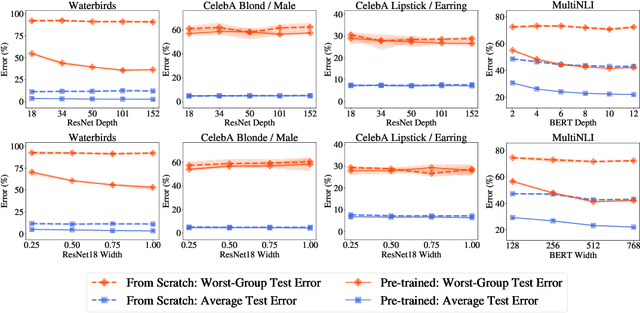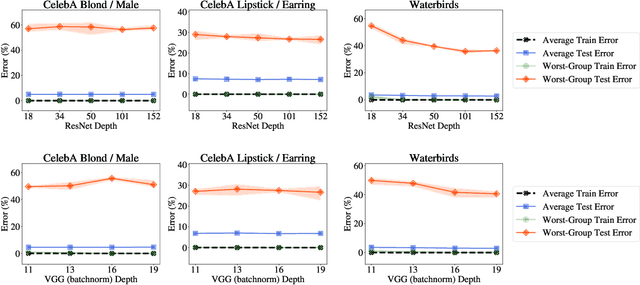Eunice Chan
Ensuring User-side Fairness in Dynamic Recommender Systems
Aug 29, 2023Abstract:User-side group fairness is crucial for modern recommender systems, as it aims to alleviate performance disparity between groups of users defined by sensitive attributes such as gender, race, or age. We find that the disparity tends to persist or even increase over time. This calls for effective ways to address user-side fairness in a dynamic environment, which has been infrequently explored in the literature. However, fairness-constrained re-ranking, a typical method to ensure user-side fairness (i.e., reducing performance disparity), faces two fundamental challenges in the dynamic setting: (1) non-differentiability of the ranking-based fairness constraint, which hinders the end-to-end training paradigm, and (2) time-inefficiency, which impedes quick adaptation to changes in user preferences. In this paper, we propose FAir Dynamic rEcommender (FADE), an end-to-end framework with fine-tuning strategy to dynamically alleviate performance disparity. To tackle the above challenges, FADE uses a novel fairness loss designed to be differentiable and lightweight to fine-tune model parameters to ensure both user-side fairness and high-quality recommendations. Via extensive experiments on the real-world dataset, we empirically demonstrate that FADE effectively and efficiently reduces performance disparity, and furthermore, FADE improves overall recommendation quality over time compared to not using any new data.
The Effect of Model Size on Worst-Group Generalization
Dec 08, 2021



Abstract:Overparameterization is shown to result in poor test accuracy on rare subgroups under a variety of settings where subgroup information is known. To gain a more complete picture, we consider the case where subgroup information is unknown. We investigate the effect of model size on worst-group generalization under empirical risk minimization (ERM) across a wide range of settings, varying: 1) architectures (ResNet, VGG, or BERT), 2) domains (vision or natural language processing), 3) model size (width or depth), and 4) initialization (with pre-trained or random weights). Our systematic evaluation reveals that increasing model size does not hurt, and may help, worst-group test performance under ERM across all setups. In particular, increasing pre-trained model size consistently improves performance on Waterbirds and MultiNLI. We advise practitioners to use larger pre-trained models when subgroup labels are unknown.
 Add to Chrome
Add to Chrome Add to Firefox
Add to Firefox Add to Edge
Add to Edge